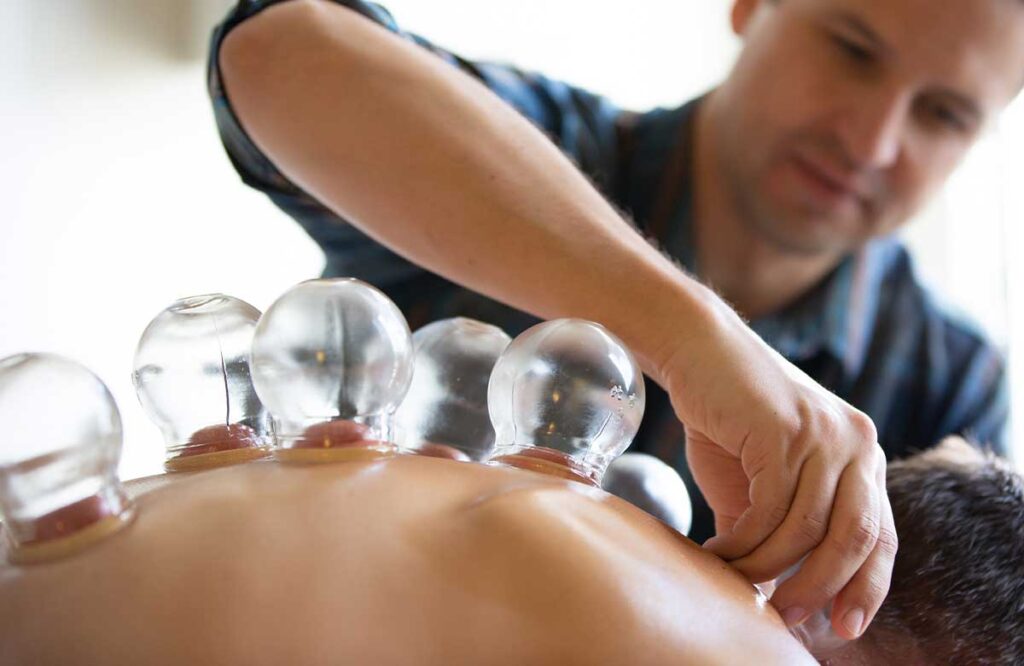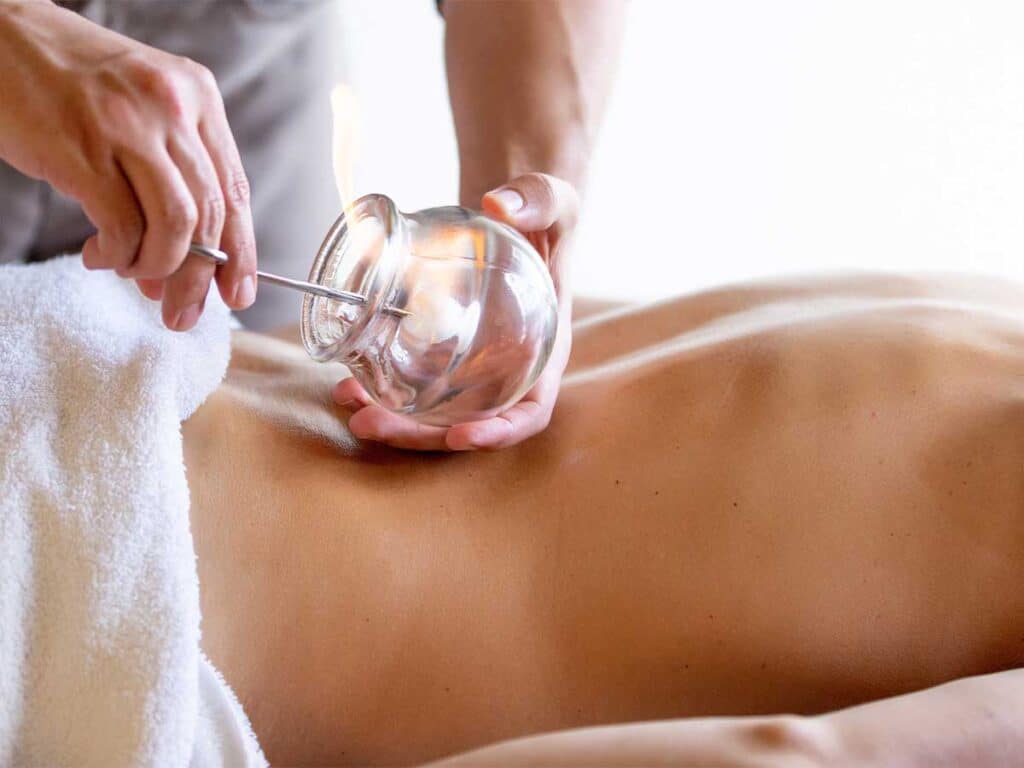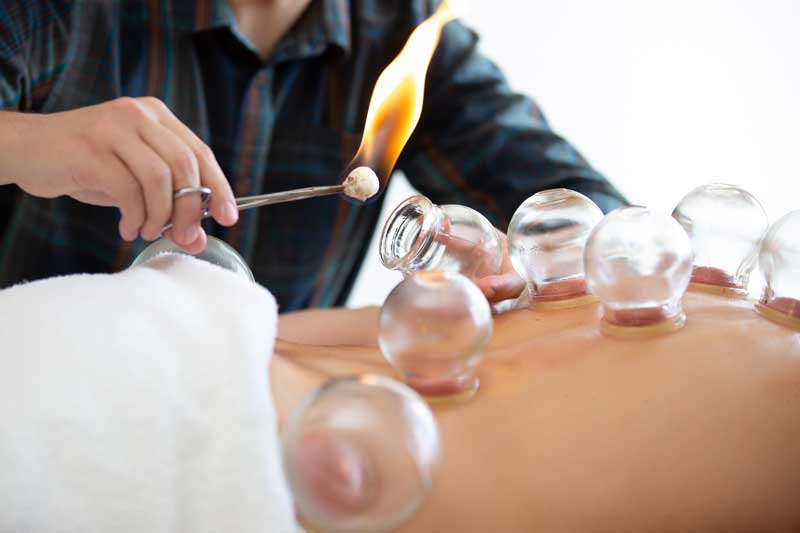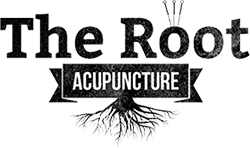Cupping

The History of Cupping
The therapy of fire cupping has been utilized by the Chinese for thousands of years, but its origins can be traced back as far the ancient Egyptians in the third century BCE. It has even been said that Hippocrates and Galen were great advocates of cupping. Early recordings describe creating a partial vacuum in animal horns, bamboo tubes, or clay pots, and then applying them to the skin of an individual. The negative pressure created caused the underlying tissue to be pulled into the cup, resulting in an increase of blood flow to the area. This therapy was used to treat a wide range of ailments and was even used in emergency medical situations.
Most recently, cupping popularity peaked after many witnessed Michael Phelps in the Rio Olympics with these large circular looking marks on his back. If the most decorated Olympian of all time, with 28 medals, was finding benefit from this treatment, everyone figured that there must be something to it. Many news outlets started researching its history and found that it had roots in various civilizations and cultures, and even had modern medical terminology used to describe it as “myofascial decompression release”. Regardless of when and where it truly started, cupping is and has always been an integral part of Chinese Medicine and Acupuncture, and we do our best here at The Root Acupuncture clinic to continue those traditions.
How does your office perform cupping?
Today, we use specialized glass or silicone cups that have been properly cleaned and sterilized prior to each use. A cotton ball soaked in alcohol is used to create a flame that is briefly placed inside the glass cup to create a vacuum effect. The cup is then placed onto the skin of the patient, which creates a pulling action up and away from the body. Cupping can be best summarized as a “reverse massage” – instead of digging into the skin to help relax and loosen your muscles/tendons/fascia, we use a pulling action instead to create an entirely new way of helping your physical body to relax.
The method described above is what we call Fire Cupping and it is the only way that we do things in our clinic – it is the most traditional method of cupping and the form that we find most effective.
Another form of Fire Cupping, called massage cupping is also an option. In massage cupping, a topical liniment is also applied to the skin of the patient before the fire cupping treatment begins – this further increases blood flow to the area and also allows us to comfortably slide the cups along the surface of the skin while maintaining the suction in the cups. Massage cupping is also called dynamic cupping, gliding cupping, and moving cupping.

How are we different?
Some other clinics use plastic cups that have rough edges and are suctioned onto the body with a hand pump mechanism – while we understand that every clinic and practitioner are different, we find that these plastic cups are painful and do not provide a balanced treatment for our patients. We always strive to make your experience here at our clinic the best possible and will always use top of the line products in everything that we do.

Potential side effects
Generally speaking, cupping is safe. Some people experience minor side effects at the time cupping is being done or over the hours and days following. These may include:
Erythema (skin redness at the site where the cups were place)
Ecchymosis (skin discoloration due to minor blood vessels being ruptured, like a hickey!)
light-headedness or feeling dizzy when standing after a treatment
Exacerbation of psoriasis or eczema at the site where the cups were placed
Who Should Not Get Cupping
Cupping is a very valuable treatment for many health issues. However, like anything, there are people who should not use cupping. There are certain medical conditions for which cupping is contraindicated. If you have one of these conditions, there are many other treatments we have to help you including acupuncture and herbal medicine:
If you are in Lakewood or Wheat Ridge or the surrounding areas, and are interested in trying cupping or learning whether it might be helpful for you, contact The Root Acupuncture today!
